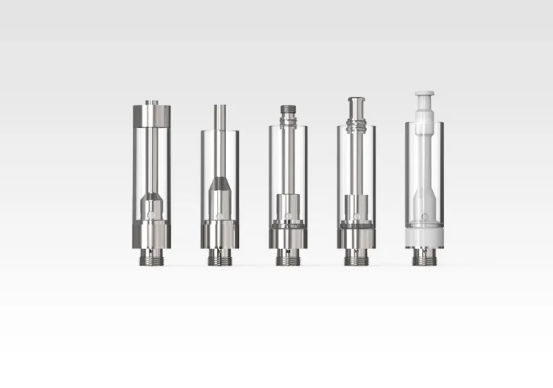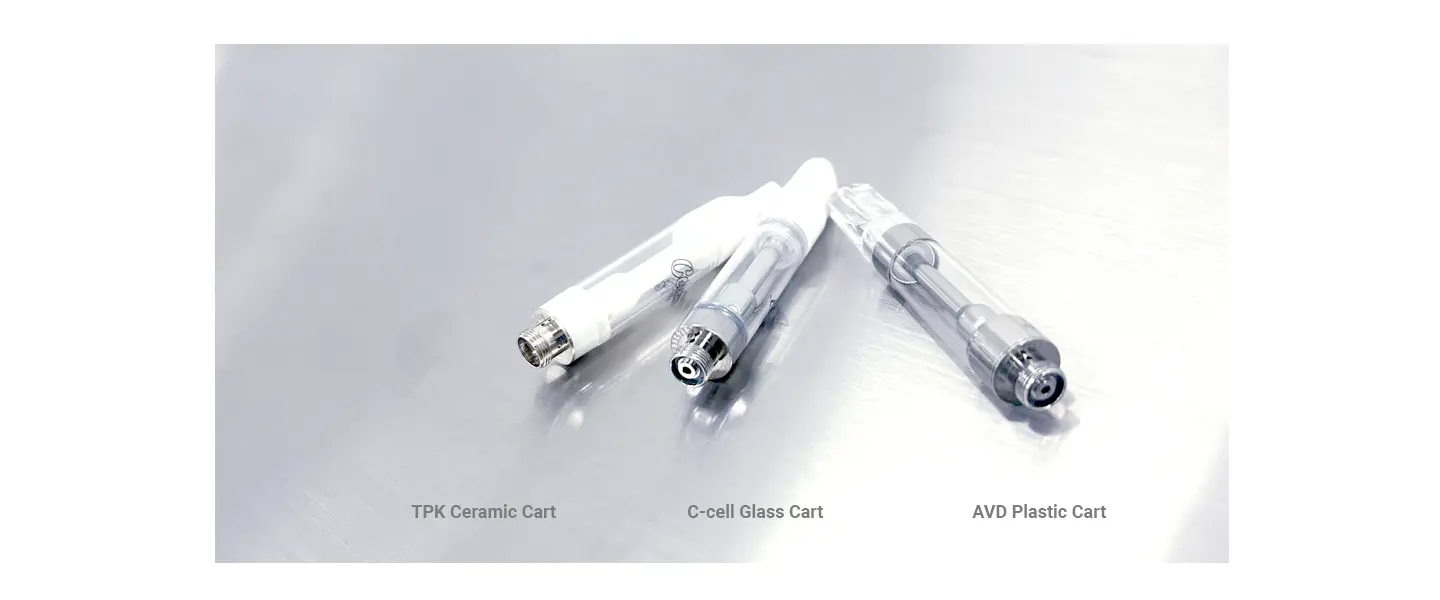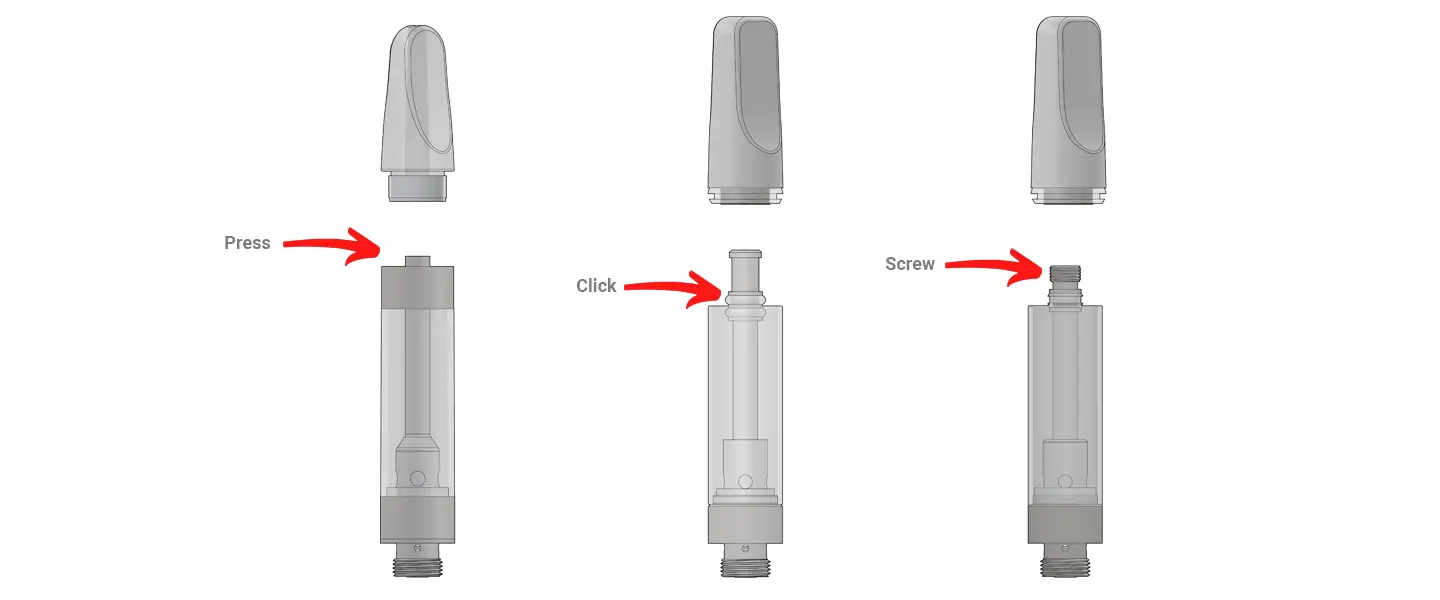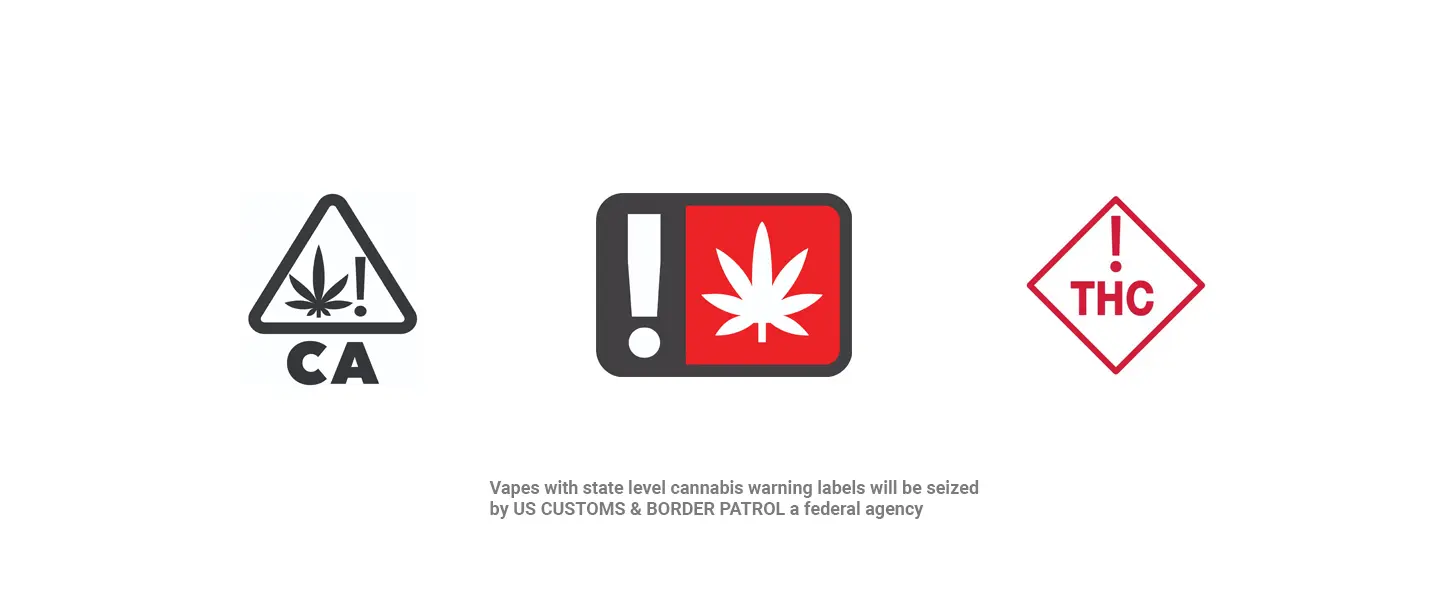Vape carts come in a multitude of shapes, sizes, materials, attachments, and hardware, which can make the selection process difficult. Choosing a vape cart requires consideration of multiple key factors: cart material usage, style and closure versus concentrate used, market access, and geographical considerations.
This article guides selecting the best vape cart hardware based on styles, materials, closures, and characteristics of vape carts that impact downstream processes and profitability.
Understanding sourcing challenges and vape cart import issues with US Customs & Border Patrol are also important decisions.




